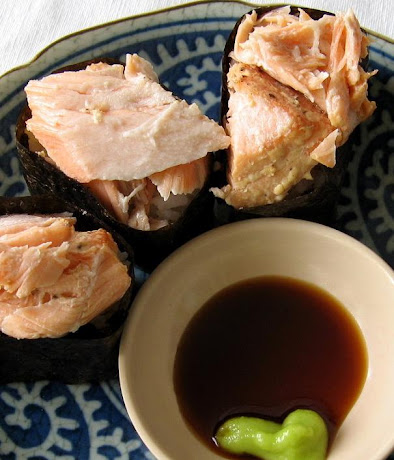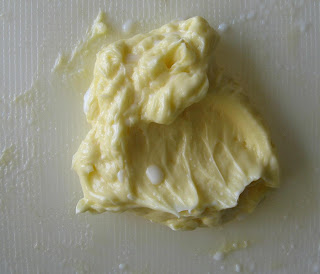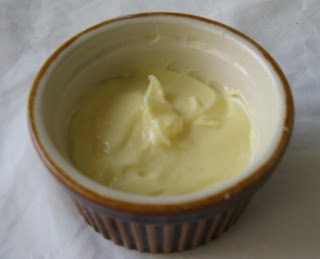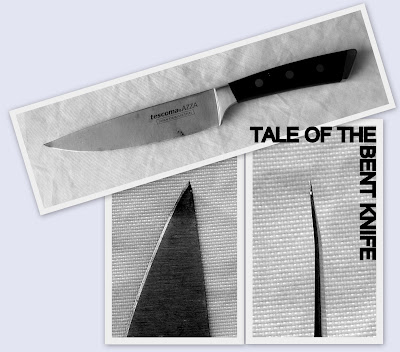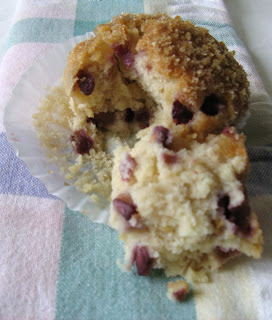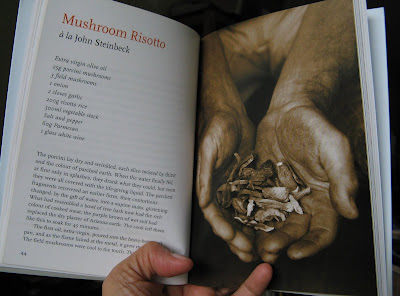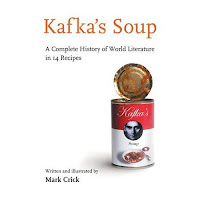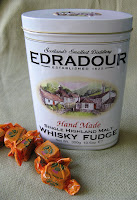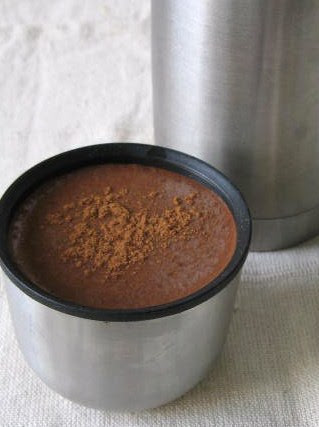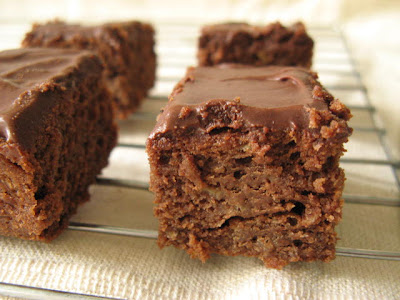
I've had a candy thermometer (
Taylor brand) for a year now but have never used it because I hadn't figured out how to clip it to the side of the pot. I imagined that one would need a really high pot since the clip of the thermometer was right at the top of the instrument when I took it out of the package. I didn't realise until
just now (1.58pm Malaysian time on Dec 23, 2009) that the clip could slide up and down! Silly me.

Now, I got
Candy Making for Dummies around the same time as the thermometer because I had visions of myself as this candy lady covered in powdered sugar and happily making all manner of confectionery to feed the sweet tooths (teeth?) of the world. Then the December 2008 issue of
Martha Stewart Living came out with recipes for old-time candies and so I got that too, hoping to be like the supreme home-style authority after whom I have named my alter ego. But still, nothing happened.
Another excuse I had was I didn't have the right pan. Until recently, the only saucepan I had that was large enough for the job was one with a black interior, and when I melted sugar before, I could never gauge the colour of the syrup because of that. But now I have a new stainless steel saucepan, and so coupled with my new-found knowledge of the tricky clip, I thought it was about time I actually made some candy. Just in time for Christmas too.
But first, I had to test the thermometer for accuracy. I put some freshly boiled water from the kettle into a jug, put in the gadget and waited for it to register 100 degrees Celsius. The mercury never rose above 80! (More on this after the jump.)
The instructions on the packaging say to make adjustments after testing the thermometer, but 20 degrees off was way too much and there was little point in using it. Fortunately, fudge is fairly forgiving since the sugar isn't heated to a very high temperature, as for hard sweets and toffees where the exact temperature is crucial. I would go by timing, colour and texture, and use the
cold water test.
I decided to try Martha Stewart's penuche (pronounced per-noo-chee) fudge only because I already had almost all the ingredients at home (her
recipe, also available on her website, includes walnuts; I didn't have any so left them out). And how could
anyone go wrong with Martha, right?

Hrmmph... The ingredients looked good together in the pot but they started to fight each other once the mixture boiled and I turned down the heat to allow the mixture to simmer.
I decided to clip on the thermometer anyway for... no good reason, really. Just one of those things the desperately hopeful do.

I had read elsewhere that once sugar has boiled, it shouldn't be stirred. In this recipe, you're asked to stir frequently as the mixture simmers. The butter had started to curdle but after stirring vigorously, it smoothed out.
At its highest, the thermometer only registered 90 degrees. I figured since it was 20 degrees off, that would make the actual temperature 110 degrees, close enough to the soft-ball stage of 115 required in the recipe. So I tried the cold-water test but all I got - and I tried this three times over 10 minutes - was an oily film on top of the water.
Oh well, this could still work, so I poured out the mixture which looked like it had separated, and started to whisk it. Martha says to beat two to four minutes, but it didn't thicken and still looked like a mess. So I went on for another 15 minutes until the mixture started to cool down and the beaters left a ribbon in the mixture. Still, it would not thicken beyond that. It remained fluid and I could actually
pour it out when it should have been firm enough to spread into the pan and to smooth the top.
It went into the fridge, and then into the freezer because it just wouldn't firm up. But as you can see from the picture (which I've cropped really close so that it doesn't look as gross to you as the real goo does to me), it remained soft even after a night in cold storage. And the taste? Grainy (the consequence of overstirring, I'm told), too sweet, and - this will sound odd - too buttery (there's 150g of butter in this). Chalk this down as an "interesting" failure.
On a happier note, I tested the thermometer again, this time in water boiling on the stove, and the reading is slightly more dependable - it's only 5 degrees off.
Next time, marshmallows.



